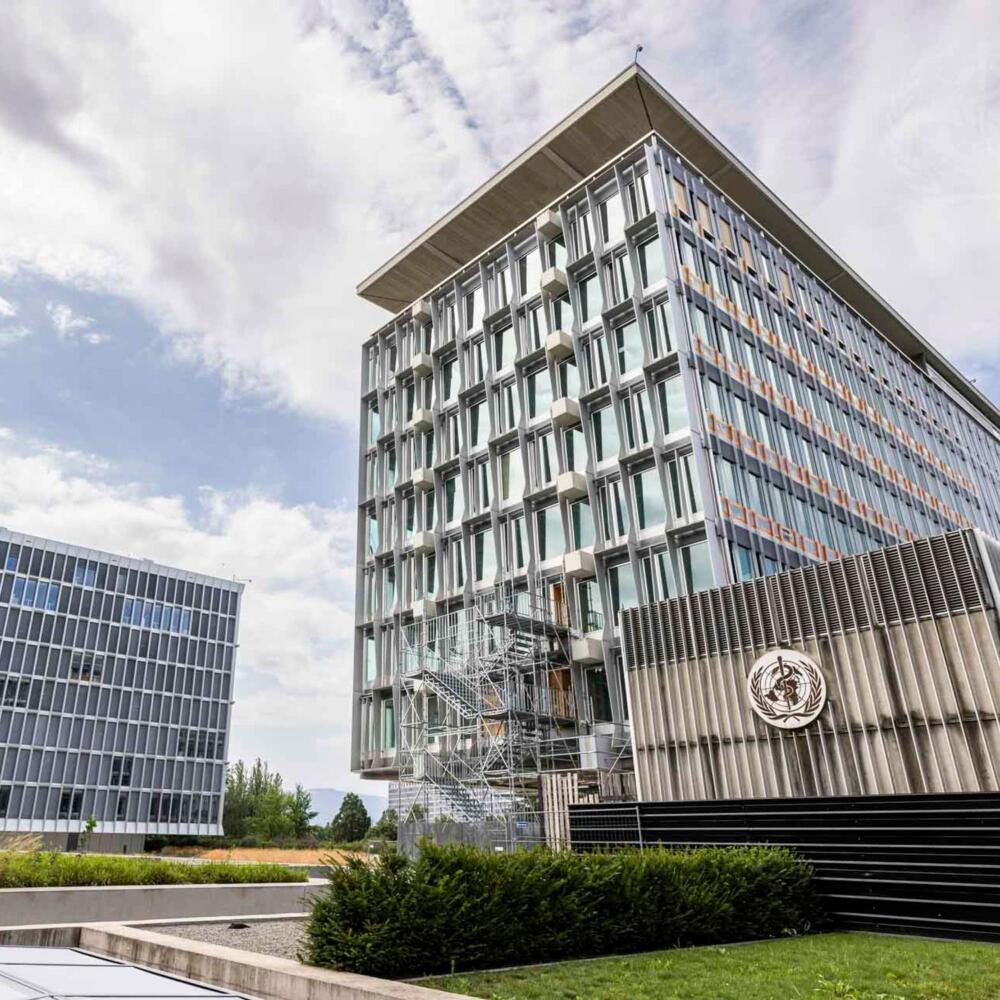Working to Better Understand the WHO Pandemic Agreement
The coronavirus pandemic brought about an unusual and, for many, uncomfortable combination of two very different aspects of life: medicine and politics. Coming out of that experience now, we see a broad push to unify policy and standardize treatment protocols, and at the same time, efforts to promote and defend individual medical decision-making. How can the field of medicine balance these two, and what should the role of anthroposophic medicine be within that dynamic?
This year marks one hundred years since Steiner shared the seeds for many anthroposophic activities in the world through courses for young doctors, eurythmists, farmers, curative educators, and priests (among others). We are also at a time when many people are asking about the orientation needed for these anthroposophic activities as they begin their next century. This is a natural part of the hundred-year cycle, but it is being strongly influenced by the cultural questions of our day. These include negotiations within the World Health Organization (WHO) around a proposed pandemic agreement (also referred to as the pandemic treaty). The goal of this article is to provide some context and an overview of the process to help each of us find better orientation and understanding.
Although work on the pandemic agreement has garnered much attention, there are actually two important parallel processes happening within the WHO:
- Negotiations on the WHO Pandemic Agreement, which began in 2022. A new draft of the agreement was released in early March 2024 and serves as the basis for this article.
- Less visible are negotiations on a revision of the International Health Regulations (IHR). These negotiations are ongoing, and while they can be watched online, there are no draft documents currently available for review. The last available document is the 3rd revision, which was done in 2005. The revision of the IHR is complex because sixteen countries submitted more than 300 proposals for amendments to the IHR.[1] Those amendments cover a variety of subjects and sometimes go in opposite directions. A WHO Review Committee conducted a detailed analysis of the proposed amendments.[2]
Both processes are working to prepare proposals that will be voted on during the World Health Assembly in May. The next and last meeting for both of these, before the World Health Assembly, will be April 22-26, 2024.
The Pandemic Agreement Draft
Here, we offer some overview and assessment, but we encourage each person to look at the text of the pandemic agreement for themselves.[3]
A central focus for the pandemic agreement is seeing how countries can share pathogen data (e.g., viral samples) and other related resources in a more equitable way. This was prompted by the fact that during COVID-19, richer countries bought up nearly all the vaccines for themselves and resisted requests to let poorer countries produce their own, cheaper versions of medicines and vaccines. This dynamic is influenced by the fact that when there is a new disease, industry and richer countries want quick access to the pathogen and its genetic material so that they can start developing diagnostics, medicines, and vaccines. On the other hand, developing countries want guarantees of access to the same diagnostic and therapeutic options. These considerations stand behind one of the central goals of the pandemic agreement: “underscoring the importance of promoting the early, safe, transparent, and rapid sharing of samples and genetic sequence data of pathogens with pandemic potential, as well as the fair and equitable sharing of benefits arising therefrom” (page 2). While international collaboration on this process has been a driving force in negotiations, the obligation on rich countries and industry to share resources and technologies has been greatly watered down. Articles 9–13 of the agreement most specifically address these aspects.
This text is an excerpt from an article published in the (online exclusive) Goetheanum Weekly. You can read the full article on the website. If you are not yet a subscriber, you can get to know the Goetheanum Weekly for 1 CHF./€.
Title image Exterior view of part of WHO Headquarters premises in Geneva, Switzerland in 2023, Photo credit: WHO / Pierre Albouy
Footnotes
1. Proposed amendments to the International Health Regulations (2005) submitted in accordance with decision WHA75(9) (2022).
2. Report of the Review Committee regarding amendments to the International Health Regulations (2005).
3. The latest publicly available draft text can be found at Revised draft of the negotiating text of the WHO Pandemic Agreement.

